Ghostrunner 2 isn’t terribly difficult, but there is definitely a noticeable learning curve and a massive skill ceiling. Some easy to learn tricks can make you instantly improve by a large margin, but discovering these things on your own can take a while.
Read on to learn how you can instantly improve at Ghostrunner 2. These tips aren’t training methods or things to work on, but mechanics and tricks that will immediately make you better at the game.
Ghostrunner 2: Five ways to immediately improve
There are not any difficulty settings in Ghostrunner 2, but don’t let that discourage you. Yes, the game is hard. Yes, you’ll die a lot. That’s the idea, actually. There’s a reason you respawn immediately with no loading screens and get checkpoints about every 15 seconds. You’re supposed to die—which brings me to my first tip.
1) Be reckless and die often
Die, die, die! When you’re done dying, die again. In all seriousness, one of the absolute best ways that you can improve is to stop being afraid of dying. There’s an old saying for skateboarders, “the more you fall, the better you’ll be.”
The idea is being afraid to fall over stunts your progress because you’re holding back instead of giving 100 percent. The same is true of Ghostrunner 2. This game rewards aggression, quick actions, and chaotic movement.
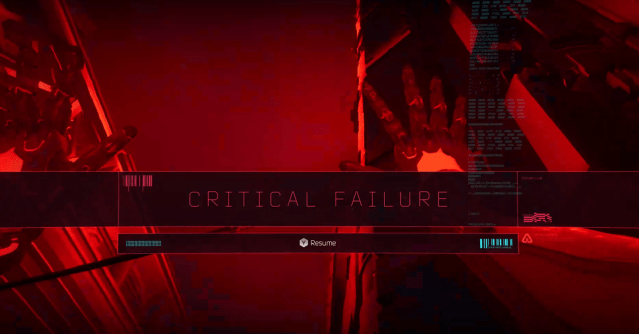
If you’re worried about dying, you’re almost certainly going to be moving way too slowly. By moving way too slowly, you’re going to end up dying more. It’s a self-fulfilling prophecy. Throw caution out the window, approach every fight like you’re invincible, and you’ll be one step closer to becoming just that.
2) Dash downward
This one sounds counterintuitive, and I suppose it is. Usually, air dashing would be used to add some extra juice and reach that ledge, or to avoid an attack while airborne. What might not have crossed your mind is the fact you can dash straight towards the ground while in the air. But why would you want to?
Flying through the air like Spider-Man is a ton of fun and can be helpful, but it can also get you killed. Too much “floatiness” makes you a sitting duck, and it can destroy your time in some of the game’s parkour challenges.
Whether you’re trying to move faster to complete a timed challenge or evade an attack, getting back to the ground quickly will often be the best course of action. If you play Super Smash Bros, you have experience with this exact same concept. Think about how often you wish you could accelerate your journey back to the platform in that game because you just know your opponent is setting up a vicious spike while you float back down. This exact same concept applies to Ghost Runner 2, only now there is something you can do about it.
In general, unless you have a very specific reason you need to stay airborne, you should dash straight down and find land as quickly as possible.
3) Use Sensory Boost against melee foes
Sensory Boost is a feature unique to Ghostrunner 2, so even if you have experience with similar genres, you probably aren’t used to taking advantage of a feature like this.
Sensory Boost allows you to slow time and choose which direction you want to dash on a dime. In the tutorial, you are only exposed to using Sensory Boost to dodge bullets, and this can get in your head. Using Sensory Boost to avoid melee attacks is actually more important than against ranged attacks. Here is why.
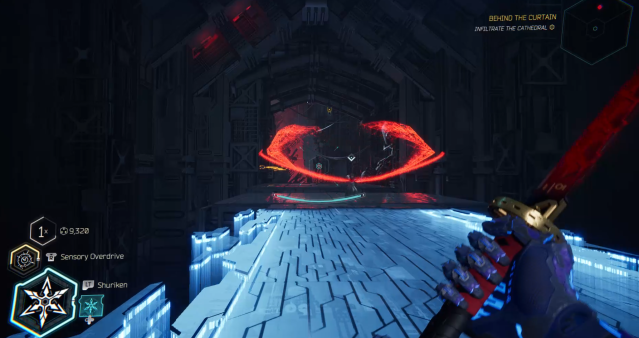
Ranged attacks come from one direction, are projected and linear, and almost always can be blocked. Melee attacks are often unblockable and difficult to read until the very last second, at which point it might be too late unless you have lightning reflexes.
A few of the enemies in Ghostrunner 2, like the dual laser whip guys, for example, are entirely based around switch-ups. You never know if the attack is coming vertically or horizontally. If you use Sensory Boost every time they start an attack, you have time to figure out which direction the attack is coming from, read the morning paper, and respond to a work email before committing to a direction.
4) Use your minimap
This one isn’t as much of a gameplay one, but it ends up affecting gameplay as checking your minimap will make you stronger. Wait, what?
It’s true. Every collectible is marked on your minimap, despite being hidden. The challenge is supposed to be figuring out how to reach them, not knowing where they are. But how does knowing where collectibles are make you stronger?
Over half of the collectibles in each level are Memory Shards, which increase your Motherboard level (unlocking new Ultimates) and give you more room to install Upgrade Chips. Getting every Memory Shard in each level the first time around is very easy if you check your minimap constantly, and nearly impossible if you don’t.
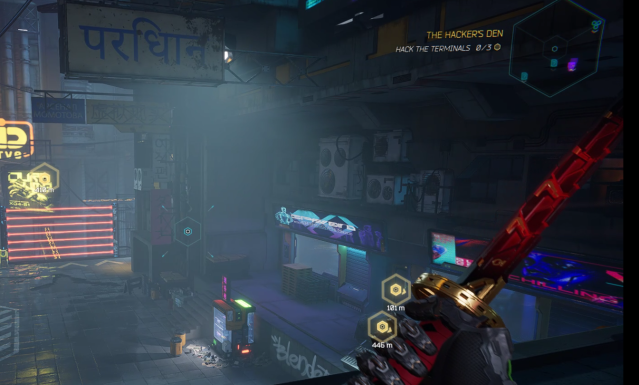
Memory Shards are imperative to Upgrading Jack’s abilities, and the minimap is imperative to finding Memory Shards. Making sure you get all of the Memory Shards in each level keeps you at the height of your potential all the time.
5) Use your “panic button”
This last tip brings it back to Sensory Boost. Again, because the game explains it as a means to dodge bullets, it can be easy to gloss over the tons of other ways it can be used.
One of the best ways to use Sensory Boost is as a “panic button.” There are tons of times you have to pull off a perfect Shuriken toss mid-air to lower a laser field or react to last-minute hazards or collapsing surfaces.
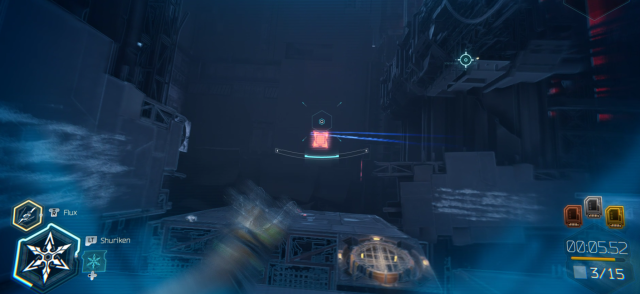
All of these feel like jump scares that require great reaction times at first—until you remember you can slow down time. Sensory Boost is not only for combat—not by a long shot. Some of the best uses for the ability include buying time to think and aim shurikens. In fact, I almost never aim without Sensory Boost.


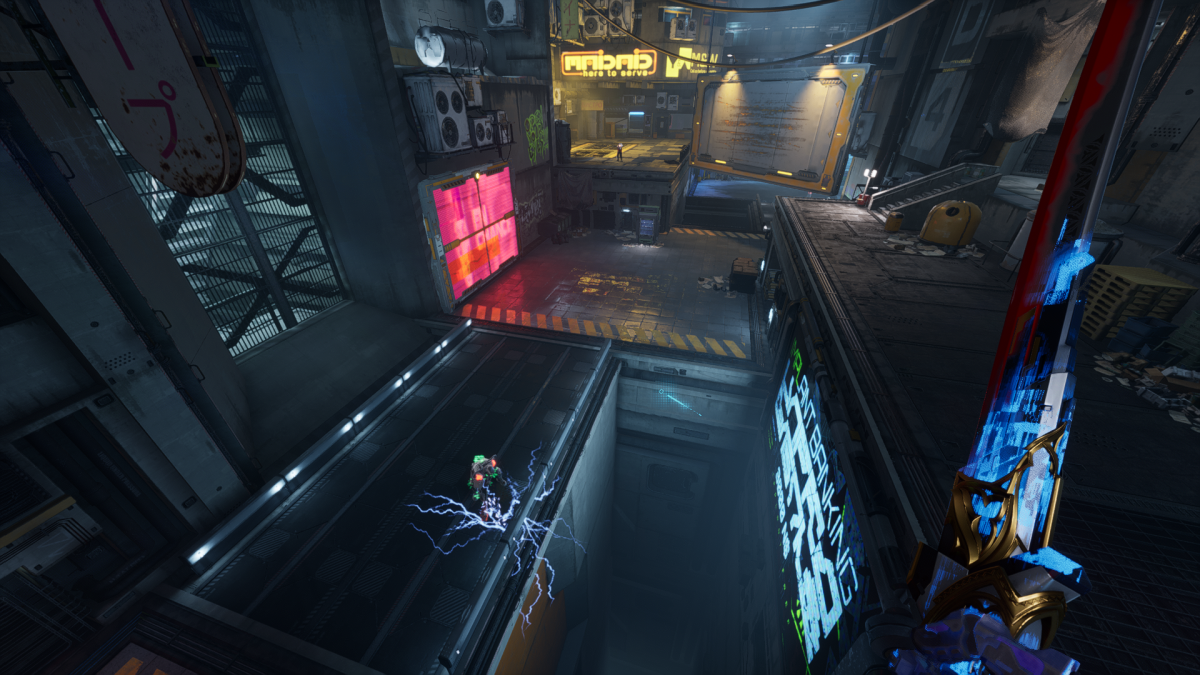
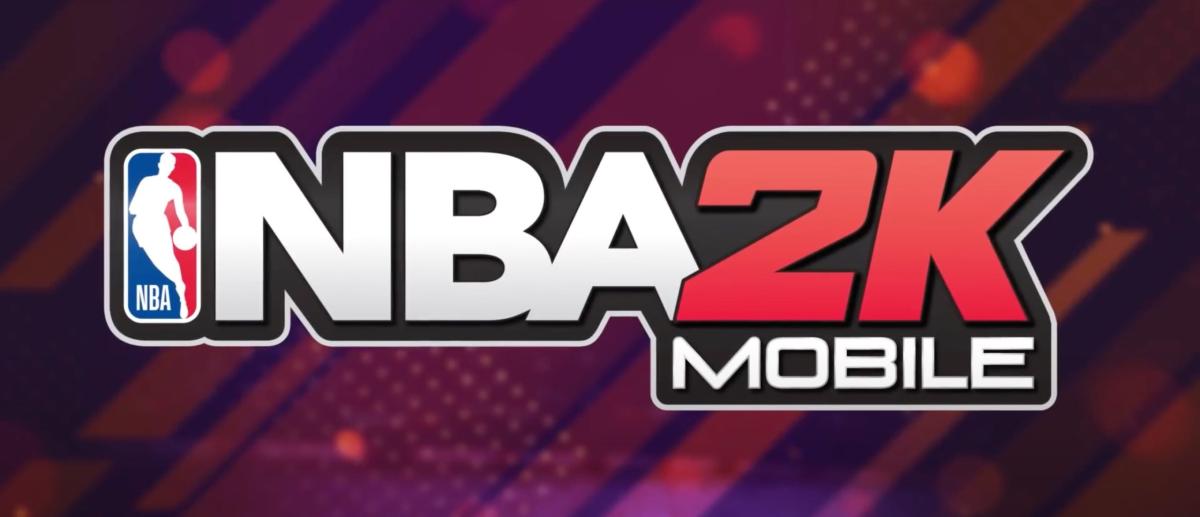
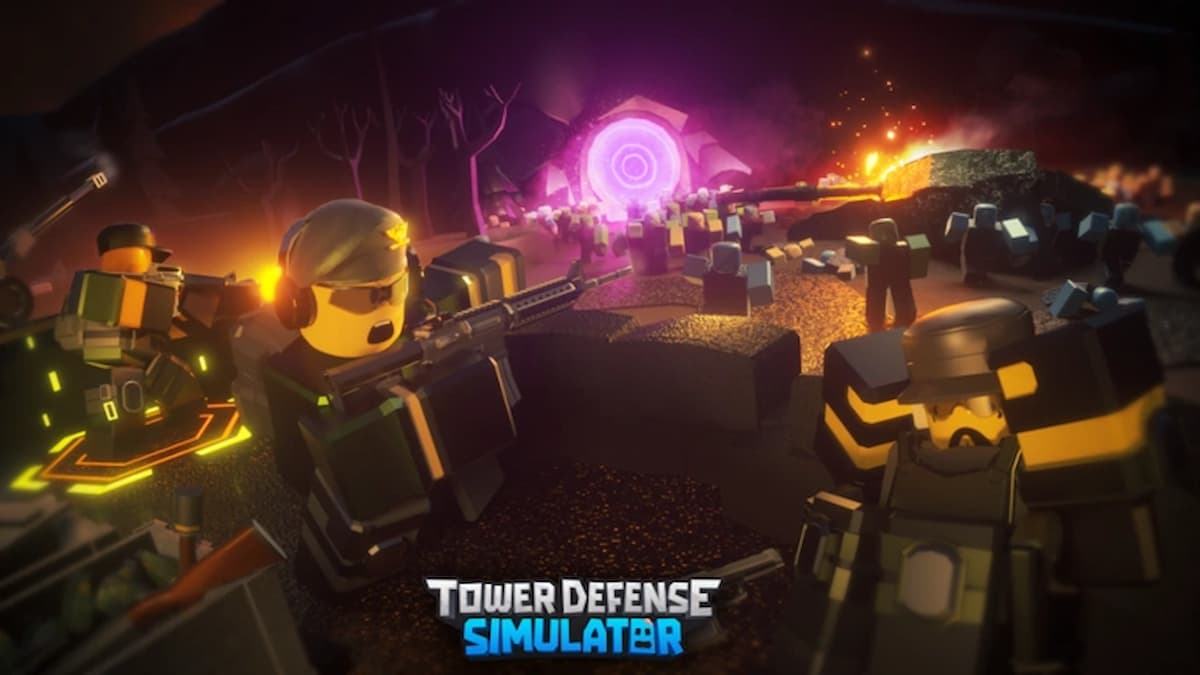

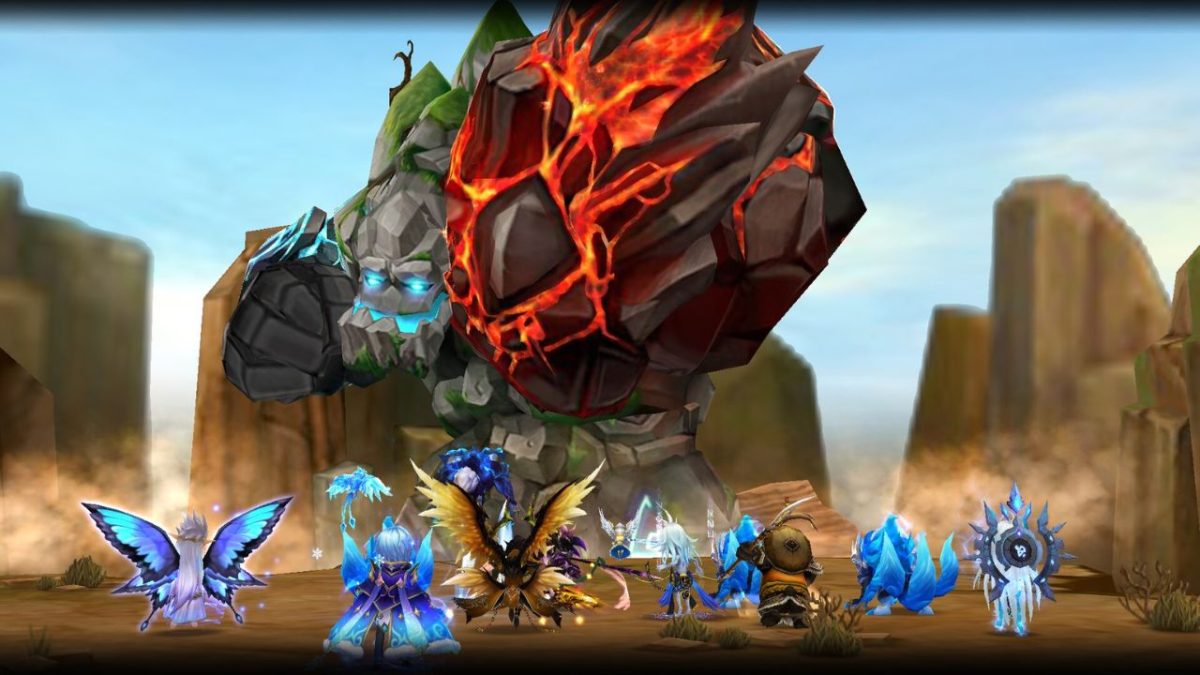


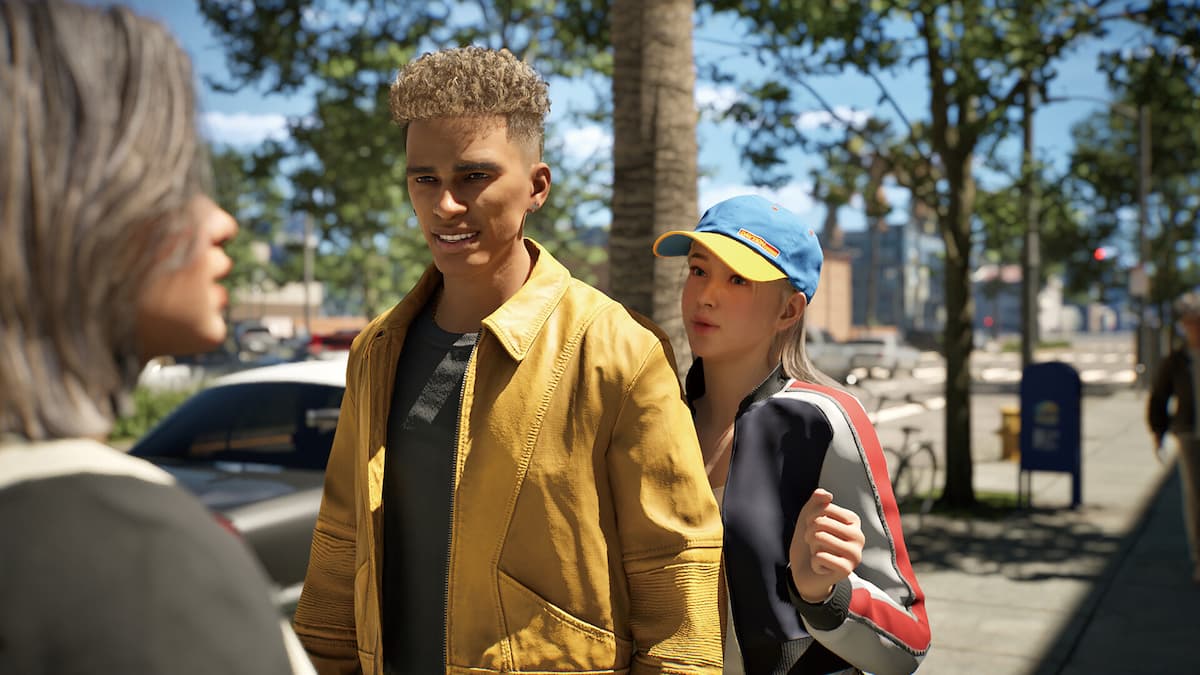
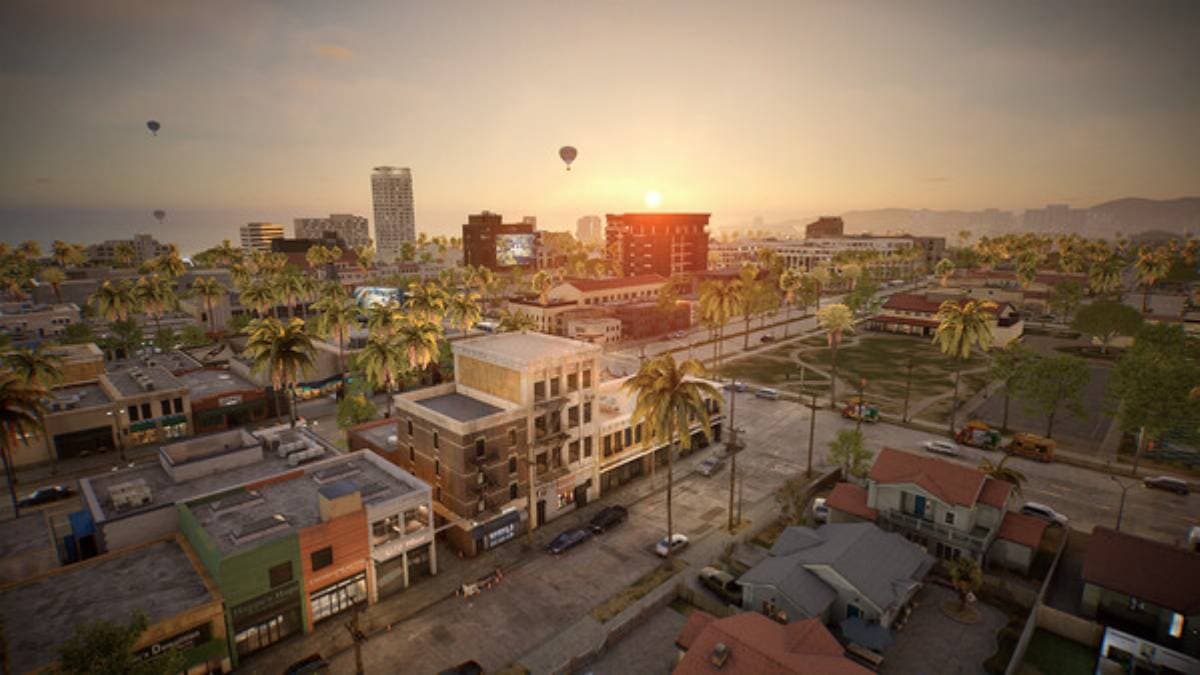


Published: Oct 23, 2023 06:05 pm